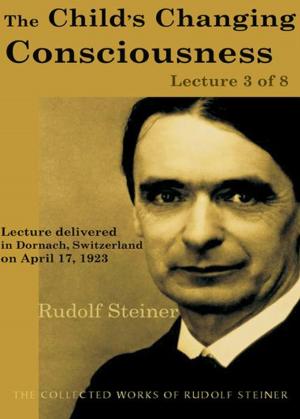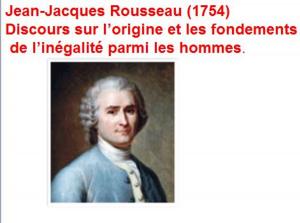Research Report: Electricity and Gravity, Tornadoes and Hurricanes, Other Phenomena
Nonfiction, Science & Nature, Science, Physics, General Physics, Other Sciences, Philosophy & Social Aspects| Author: | Victor W. Hatch | ISBN: | 9781310973468 |
| Publisher: | Victor W. Hatch | Publication: | September 21, 2015 |
| Imprint: | Smashwords Edition | Language: | English |
| Author: | Victor W. Hatch |
| ISBN: | 9781310973468 |
| Publisher: | Victor W. Hatch |
| Publication: | September 21, 2015 |
| Imprint: | Smashwords Edition |
| Language: | English |
This report shows the relationship of electrical and gravitation forces.
This report shows that gravitation is due to a residual positive charge on all atoms; further that space/ether (Space as defined by Einstein and Ether as defined by Ronald Hatch in his modified ether theory are equivalent.) is curved by the electrical field. (Waves are created in space/ether by electrical force as in the generation of electromagnetic waves such as radio transmissions.) The curvature/divergence of space/ether due to the presence of the residual positive charge on molecules and atoms is thus mechanism of gravitation.
From this data it is seen that there is an thus a gravitational attraction between positive charges. This attraction is the force that holds atoms and molecules together and is the force of gravitation.
This gravitational force accounts for the binding force that holds together matter in it's various forms. The van der Waals force is the gravitational force between gas molecule; it is the binding force between the molecules in liquid, solid and gaseous forms of matter. This accounts for the smaller size of positively charged atoms, cations.
It is shown that matter is positively ionized by heat and/or vibration. Thus the electrical forces involved in storms are shown to be generated by the positive ionization and deionization of water vapor. This is supported by observations and cited research relating to thunderstorms, tornadoes and hurricanes, The force of the winds in storms; thunderstorms, tornadoes and hurricanes is created by the positive ionization of water. This positive ionization of water vapor creates and electrical/gravitational force the is responsible for the extreme winds of these storms.
This simplifies many aspects of chemistry and physics. This correlates with data from combustion, welding, melting and casting of metals, heat treating of metals, molecular bonding, radioactivity of materials such as radium and uranium, and gravitation.
A list of cited references is supplied.
This report shows the relationship of electrical and gravitation forces.
This report shows that gravitation is due to a residual positive charge on all atoms; further that space/ether (Space as defined by Einstein and Ether as defined by Ronald Hatch in his modified ether theory are equivalent.) is curved by the electrical field. (Waves are created in space/ether by electrical force as in the generation of electromagnetic waves such as radio transmissions.) The curvature/divergence of space/ether due to the presence of the residual positive charge on molecules and atoms is thus mechanism of gravitation.
From this data it is seen that there is an thus a gravitational attraction between positive charges. This attraction is the force that holds atoms and molecules together and is the force of gravitation.
This gravitational force accounts for the binding force that holds together matter in it's various forms. The van der Waals force is the gravitational force between gas molecule; it is the binding force between the molecules in liquid, solid and gaseous forms of matter. This accounts for the smaller size of positively charged atoms, cations.
It is shown that matter is positively ionized by heat and/or vibration. Thus the electrical forces involved in storms are shown to be generated by the positive ionization and deionization of water vapor. This is supported by observations and cited research relating to thunderstorms, tornadoes and hurricanes, The force of the winds in storms; thunderstorms, tornadoes and hurricanes is created by the positive ionization of water. This positive ionization of water vapor creates and electrical/gravitational force the is responsible for the extreme winds of these storms.
This simplifies many aspects of chemistry and physics. This correlates with data from combustion, welding, melting and casting of metals, heat treating of metals, molecular bonding, radioactivity of materials such as radium and uranium, and gravitation.
A list of cited references is supplied.















